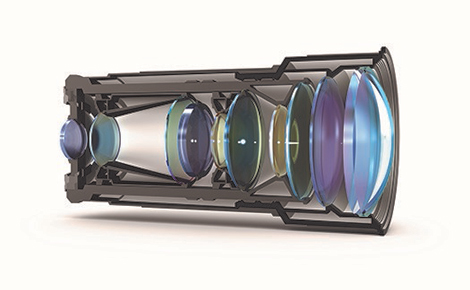
OpticStudio 16 for optics design aims to speed the process to manufacture
The latest release of optical engineering software OpticStudio looks to combine its intuitive user interface with complex physics and interactive visuals to drive faster innovation towards manufacture.
Version 16 of Zemax’s software is targeted at optical engineers, researchers and scientists to design for manufacturability, with tool sets aligned with the engineering process, containing an impressive array of physics-based algorithms to analyse, simulate, and optimise optical systems all within tolerance specifications.
From camera lenses to medical devices, OpticStudio 16 has options for Dynamic Links to SolidWorks, Autodesk Inventor and PTC Creo, and can import a wide range of CAD data via IGES, STEP, SAT and STL files, and exports data in the same formats.

The latest edition comes with expanded resource libraries for importing stock lens designs and materials from the likes of Nihon Kessho Kogaku and Schott and Ohara, while a new LuxExcel material catalog allows the user to investigate 3D printed optics options.
With manufacturing at the core of the new release, a new Opto-Mechanical Semi-Diameter feature aims to improve simulation and modeling by incorporating mounting edges and chip zones required for lens manufacture, allowing optical design engineers to define surfaces that extend beyond the clear aperture.
For performing multiple operations to prepare a sequential optical system for production, new Design Lockdown and Critical Rayset Generator Tools have been added to automatically eliminate the need to reconfigure data for import to a separate software program.
The ability to accurately simulate opts-mechanical performance still remains in version 16, with new fully-instrumented non-sequential component conversion tools able to convert designs from sequential to non-sequential mode, creating field points and detectors to simulate optical performance in non-sequential mode.
As a result, Zemax reports that the new tools allow for faster stray light and scatter analysis for opts-mechanical designs.
Also new is the Enhanced Object Properties feature, which includes a simple check box option that enables light measurements on any object and can be viewed in the Shaded Model Layout or as text listings in the Detector Viewer. Users can now visualise and optimise illumination of target areas including complex areas with multiple objects.
A free trial edition is available to DEVELOP3D readers here.






